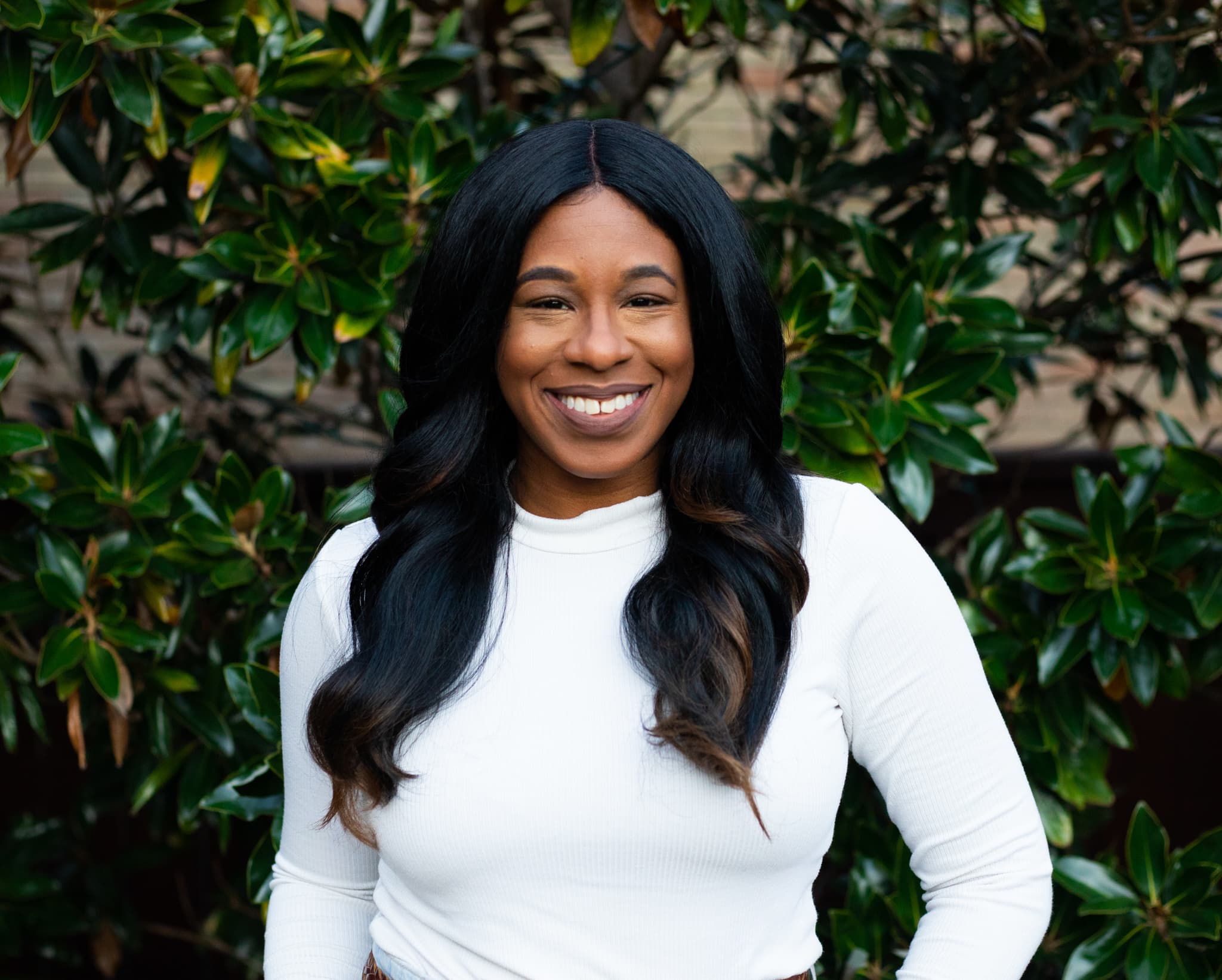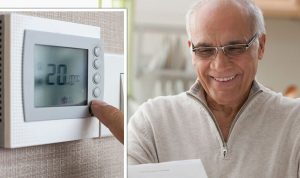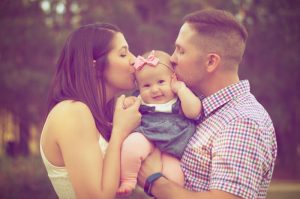
If you told me I would become a homeowner five years ago, I would have never believed you. In 2016, I was 25 and under a mountain of $101,000 of debt that encompassed student loans, credit card debt and a car loan. I felt lost and overwhelmed, and I had no idea where to start my financial freedom journey.
A part of me wanted freedom from debt, but I felt the pressure to keep up financially with my peers. I had moved to Las Vegas from Dallas, Texas, for my first real job after college and living paycheck-to-paycheck became a reality I had accepted.
I claimed that I had no money to tackle my financial problems, but I still managed to travel, eat out, shop, enjoy concerts, and get my nails done regularly. On credit, of course.
I had read about how millennials were taking longer to buy homes because of these debt barriers and I worried that this would be my fate. I started to read about personal finance, and the more I learned, the more my perspective shifted and I started taking the long view when it came to my money.
I made a goal to pay off my debt by 30.
Over the next five years I committed to paying down my debt. I used the snowball method to tackle my smallest debts first and kept going from there. I moved in with family for a period of time, got second jobs, started side hustles, cut up my credit cards, and did everything I could to make progress. At the time, buying a home felt like a far off goal.
That vision changed once I moved back to Dallas in 2020. I was living with my mom and knew that I needed my own space. I was so close to paying off my existing debt, but I also saw an opportunity to buy a home after talking with a great realtor.
I wasn’t sure if I could still hit my debt goal while becoming a homeowner. Then, in 2021, I was able to do both. Here’s how I did it, and my best advice.
I got organized with my money
When I started taking my financial journey seriously, getting organized with my money became a top priority. I studied my numbers by writing down all my bills and due dates in a notebook.
I made my first real budget and stuck to the limits I had set in each category. I joined money tracking apps to track my spending and opened an online savings account with Ally to create a dedicated emergency fund.
I began to grow confident because I knew what money was coming in and going out. This helped me to make stronger financial decisions because I knew when I could afford something or not.
My biggest advice is to have weekly or monthly “meetings” where you go over your finances and make sure you are hitting the goals you are setting.
Video by Mariam Abdallah
I made sure to consistently pay down my debt
Mortgage lenders look at your credit to decide how much to give you toward buying a home. This is called your debt-to-income ratio and it is a key factor in how much a lender will give you.
A huge reason that I was able to qualify for a loan and a good interest rate when I did is because of how consistently I worked on getting my debt down in the previous years, including paying off five credit cards and $14,000 car loan.
I know that I wouldn’t have been ready to buy a home on my own without tackling my debt first.
I created an intentional savings plan
When I got serious about buying a home in 2021, I began to create a saving plan that would cover all of the costs attached. This required me to temporarily stop overpaying on my student loans and take that money to save for a down payment.
Once I began the process, I learned that there would be many other costs including closing costs, move-in costs and even buying necessities like furniture. I created a savings goal that would cover everything.
Having this plan really helped me to not rely on credit cards to cover those expenses. I learned that it is crucial to budget out every step in the journey so that you won’t have any surprises.
Video by David Fang
I learned about first time home-buyers programs in my state
When I applied for my lender pre-approval, I learned that I could connect with multiple lenders and it would only affect my credit once. With this in mind, I chose to apply with a big bank, an online bank, and a local lender here in Dallas.
I’m extremely happy that I ended up choosing my local lender because they gave me so much insight into first-time homebuyer programs that would help make my process easier.
I qualified for a Texas State Affordable Housing Corporation (TSAHC) grant, which gave me $7,000 to put toward my down payment without having to repay it in the future. This assistance helped me tremendously and made me feel confident that I had all the funds I needed to see this process through.
I did not buy more house than I could afford
I chose to buy a two-bedroom condo that was below my pre-approval rate. It was important for me not to max out and buy something that would require a lot of upkeep. My mortgage ended up being about $30,000 less than what I was approved for which allowed me to have a decent monthly payment.
I knew that I still needed to be strategic, and I was fortunate enough to have a friend who wanted to move in with me. That cut my housing costs in half.
I purchased my condo in April 2021 and I finished paying off $101,000 of debt in October of that same year.
I learned from this experience that your plans for homeownership don’t have to be black and white. You don’t have to have every single step in order before you buy. But a general plan and not being afraid to ask questions can go a long way.
Now having a home that is mine is a dream come true.
Alaina Curry is a publicist, photographer and host of the podcast Vital Money, which is dedicated to helping millennials take control of their finances and their life. She has been featured on CNBC, Spectrum News, and xoNecole for paying off $101,000 in five years. Her goal is to inspire others to create financial freedom and a life they love through motivational money tips and stories.
More from Grow:




